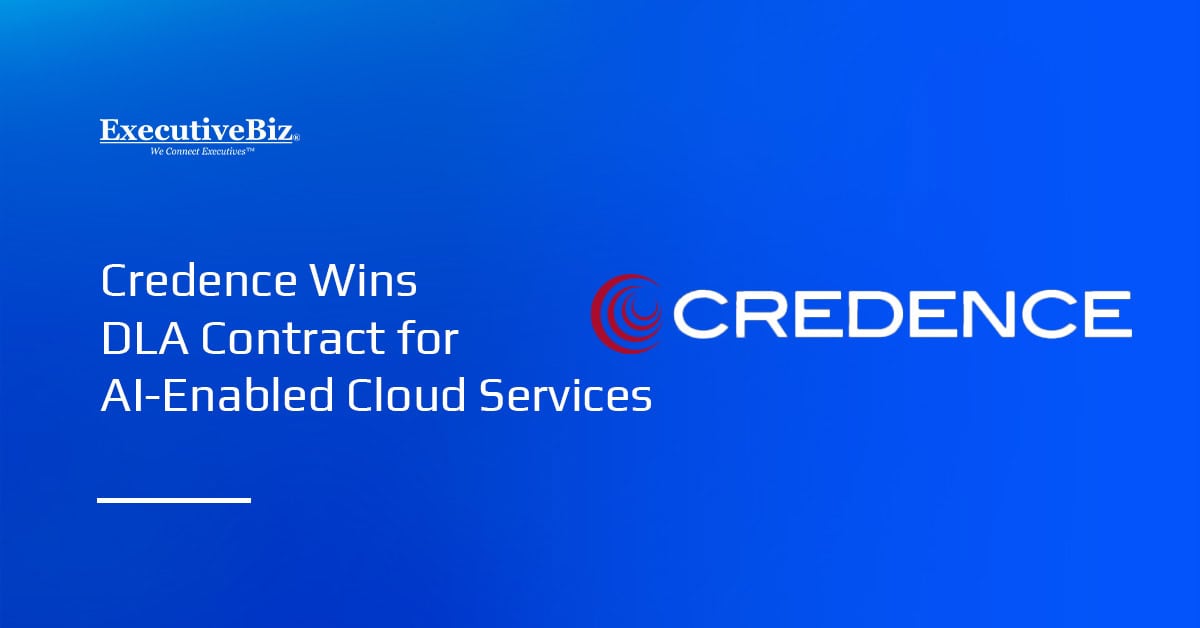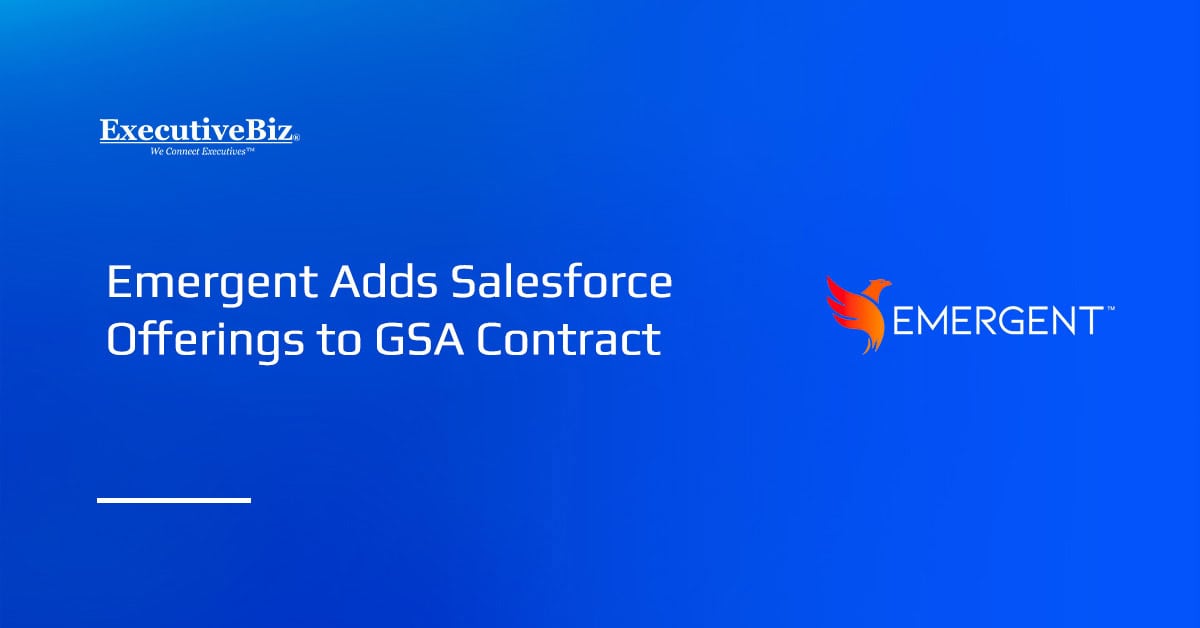More agencies are experimenting with artificial intelligence, but Dave Vennergrund, vice president of the AI Center of Excellence at General Dynamics Information Technology, said it is important to make sure that the technology’s use is aligned with federal missions.
In an article published on GDIT’s website on Monday, Vennergrund assessed how various agencies are using AI to achieve mission goals and provided best practices for organizations that want to adopt the technology.
AI Use in Government
Vennergrund shared that, through its work with customers, the company found that agencies are eager to reap the benefits of AI, such as better analyses and faster delivery of insights. He cited a consolidated list of use cases in government published by the White House in 2024 that found that there are 1,757 public AI uses across 37 federal agencies.
The Department of Defense, for instance, is using the technology to modernize its global communications networks and enable warfighters to collect and analyze data and make data-driven decisions through enhanced predictive analytics. Meanwhile, the Centers for Medicare and Medicaid Services is employing an AI-powered fraud detection platform, reducing waste, reinforcing the integrity of healthcare programs and saving over $1 billion annually.
The Department of Veterans Affairs and the Federal Aviation Administration also use AI to support agency missions, the article revealed. The VA has agentic AI that can read electronic and handwritten treatment records to provide recommendations for disability benefits. The FAA’s AI updates flight safety maps and prevents drones from operating in certain areas.
AI Adoption Best Practices
The tech expert also provided GDIT’s best practices to ensure that AI will advance specific agency goals.
Vennergrund said agencies must first develop comprehensive risk management frameworks that comply with the Office of Management and Budget’s or internal guidance. He added that agencies must also take steps to preserve data integrity and privacy.
Federal leaders must also define an AI use case before choosing tools. He pointed out that traditional AI approaches may be better for some applications, while emerging fields like generative AI may suit others. Vennergrund also advised government officials to constantly monitor the technical landscape, especially as AI continues to evolve and double its capabilities every seven months.
Vennergrund also highlighted the importance of equipping the workforce with the skills needed to ethically, effectively and safely utilize the technology and regularly engage with end users to deliver the intended outcome.
Finally, the GDIT leader said seamless integration into existing infrastructures and workflows must be every agency’s goal to truly reap the benefits of AI.





